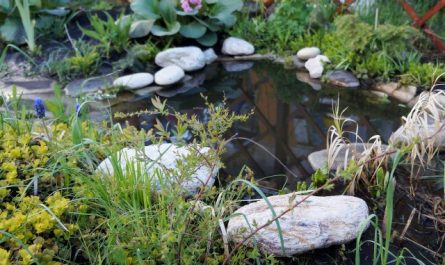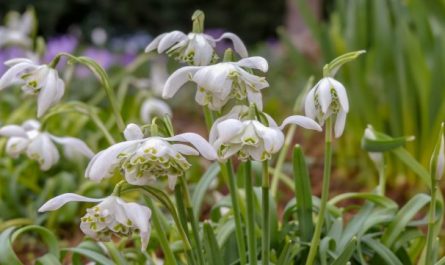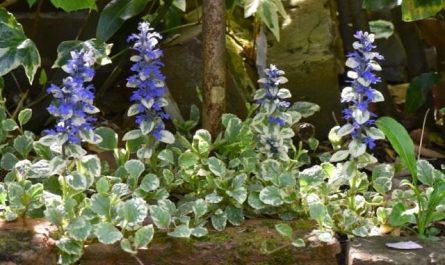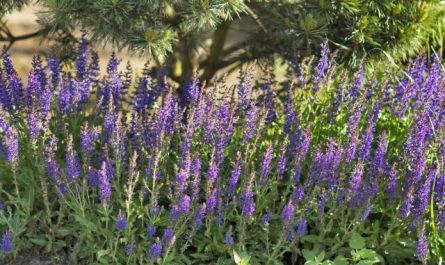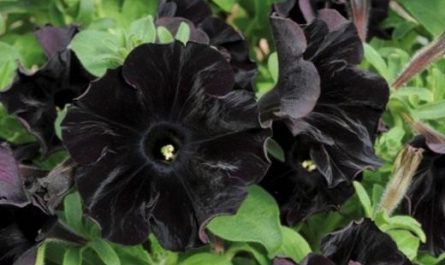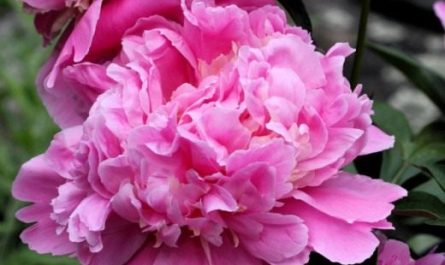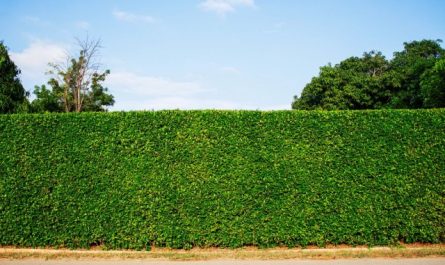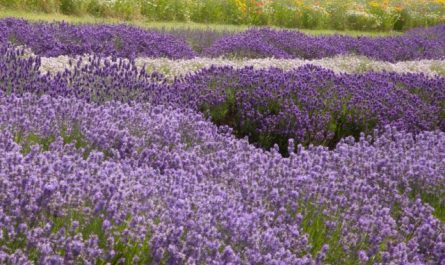Interestingly, the ancient Indians grew wild dahlias to eat the corms. But when they came to Europe, they were not to the taste of the Europeans. And only over time did they begin to grow them as flowers. How well dahlia corms are preserved depends on how and when they were dug up.

At the beginning of September, the lower part of the stem should be hilled with earth, dry humus or sawdust to a height of approximately 15-20 cm. This simple but quite effective manipulation will protect the root collar of the plants from autumn frosts, and the tubers from rotting during storage. After all, if frost damages the root collar and tubers, which are located very close to the soil surface, they will soon rot.
However, there is no need to rush to dig them up – let the plants please you with their blooming. In addition, it is in the autumn period, when daylight hours are shortened, that dahlias are stimulated to form buds, from which stems will grow in the spring.

Dahlias are dug up after the onset of frost in warm, dry weather, and the temperature should be above zero. A signal for this will be the blackening of the leaves and stems of the plants. They are cut at a height of 10-20 cm from the soil level, then the tubers are dug up. However, it should be remembered that dahlia corms are heavy, brittle and weakly attached to the root collar. And a break in the neck of the tuber at the junction with the stem leads to its death. A tuber without a part of the stem with a growth bud will simply not sprout when planted.

To avoid damaging the tubers, dig up the soil at a distance of approximately 20 cm from the stem and to the depth of a spade blade. Keep in mind that different varieties of dahlia have different lengths of tuberous roots. The tuber and the soil around it are lifted with a pitchfork and, holding the stem, removed. Shake off the soil, cut off the roots and disinfect in a dark pink solution of potassium permanganate or fungicide (for example, 10 g of Fundazol per 10 liters of water) for about 20-30 minutes.

Then they need to be dried for 20 days in a cool room, spread out in one layer. If you dry the tubers at room temperature, they will wither, and in winter they will dry out completely and will not sprout. Rotten spots are cut out with a sharp knife, and the cuts are sprinkled with charcoal or chalk.

Dahlia tubers are placed for storage in wooden boxes on a layer of dry sand, soil or without them in 1-2 rows and kept in a dry room. The boxes should be covered with cardboard with holes so that the tubers do not dry out. This will also protect them from mice. In order not to forget the variety, you can write the name or attach a label directly on the tubers with a ballpoint pen or felt-tip pen.
The most optimal temperature for storing them is 3-6 degrees. You can also store tubers in boxes with sawdust. Air humidity is around 60-75 percent.

During the winter, dahlia corms are regularly inspected. If rot, damage, or pest infestation appear, they are immediately removed.
